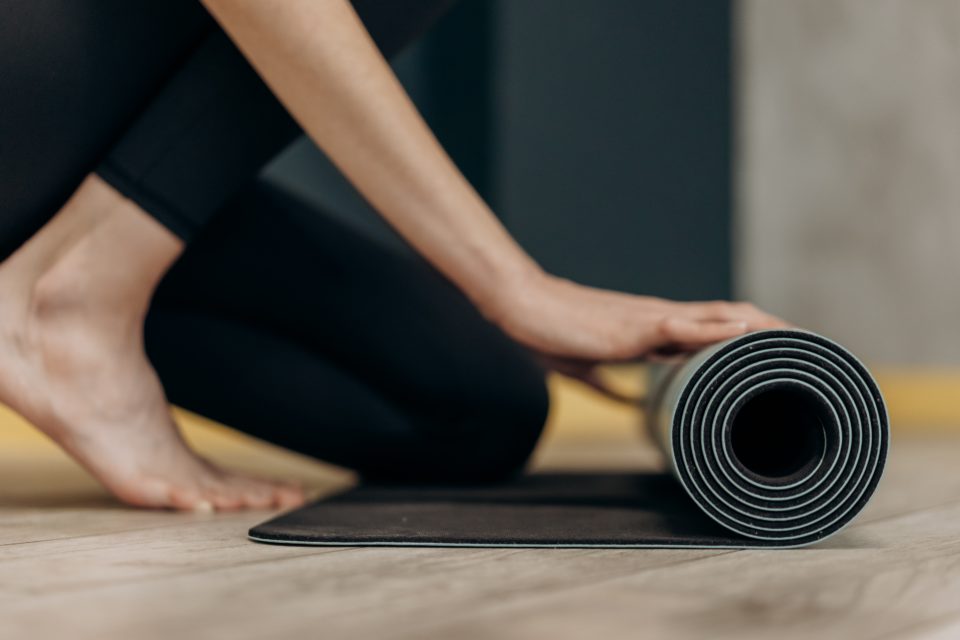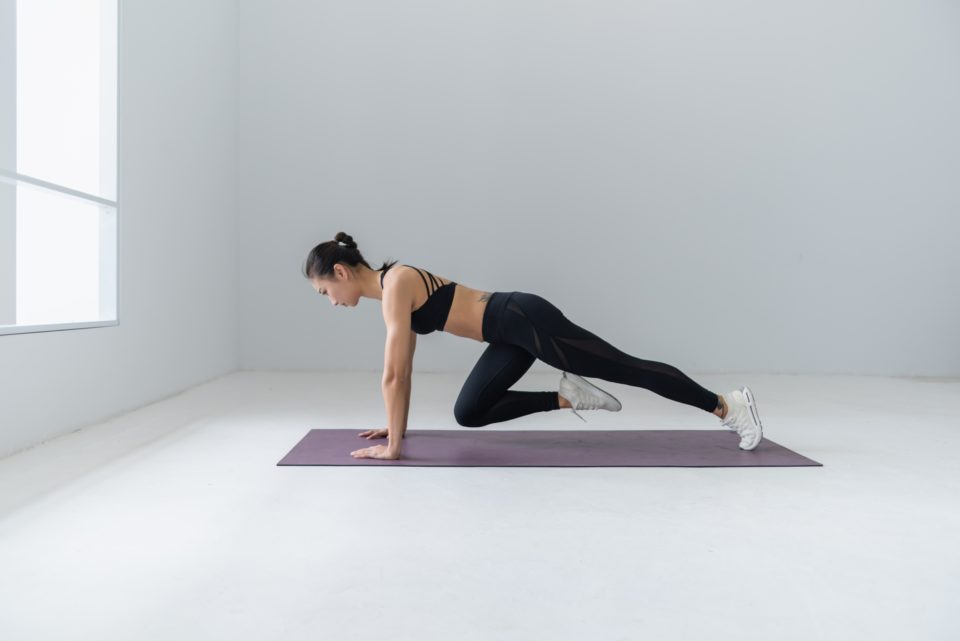
Deep muscles play a vital role in high-intensity workouts. They also help us make sudden, unexpected movements or even just walk down the street. Unlike superficial muscles, deep muscles aren’t visible. But they are still very important. We’ve taken a closer look at what deep muscles actually are, what makes them special and why we should keep strengthening them.
What are deep muscles?
Deep muscles are all muscles that are located deep in the body. These hidden workhorses are located close to the joints near the layer of muscle that is visible from outside of the body (superficial muscles). These many small muscles connect, for example, the different parts of the vertebral body with each other and stabilise the spine. We cannot deliberately flex these muscles; they only contract in conjunction with superficial muscles. Deep muscles stabilise our bodies in the smallest areas very close to joints and therefore help protect us when we make the smallest of movements.
Which muscles are deep muscles?
The small muscles along the spine (autochthonous back muscles) that connect the spinous processes and transverse processes of the individual vertebrae as well as the transverse abdominis and the pelvic floor muscles. Some muscles in the neck, hips, chest and legs are also deep muscles.
Together, the autochthonous back muscles form the erector spinae muscles. Their job is to stabilise and move the spine. This is why strengthening deep muscles is so important.
Why you should train the small muscles
As we can see, the small muscles balance out all movements in the spine, stomach and pelvic floor, and protect our bodies. These small muscles should always be trained and strengthened to prevent injuries and strains.
Deep muscles can atrophy in people who spend a lot of time sitting down or have sedentary jobs and are not very active, for example. In these cases, the deep back muscles become weak, increasing the likelihood of strains or back pain. Strengthening deep back muscles is therefore vital as they stabilise the entire body and protect your spine, ligaments, tendons and joints from injury.
Put simply, we should be training our deep muscles so that we can:
- Prevent injury
- Prevent back pain and strains
- Be more stable and mobile in everyday life and in sport

What’s the best way to train deep muscles?
The best way to strengthen your deep muscles is to incorporate balance exercises into your training routine.
Exercises on unstable surfaces, standing on one leg and coordination exercises are excellent for this. Side-to-side movements or twisting on a balance board, for example, also activate your spine subsequently your autochthonous back muscles.
Instructions for exercising on an unstable surface
Roll up a large towel or mat. Place both feet on it and make sure you are standing up straight. Breathe in through your nose and out through your mouth and activate your core muscles.

When you are stable, lift your arms to the ceiling and gently bend your knees. Move your right arm diagonally across to your left knee. Make sure that your back remains straight the whole time. Straighten your body up again and stretch your arms back to the ceiling. Do the same on the other side. Repeat this exercise eight times on each side for a total of three sets.
Another way to improve stability is to simply stand on one leg on an unstable surface. You can also stand on your rolled up mat or towel for this and carefully lift one leg. Stretch your arms out to the side while doing this. When you feel stable, move your leg to the front, then to the side and then bring it round to the back. Repeat this exercise eight times on each side for a total of three sets.
Functional training, Pilates and back training
Classic core strengthening exercises such as planks, hip dips and mountain climbers are also great for building up stomach and pelvic floor muscles. They target all of your core muscles and so also give deeper muscles a workout.

Pilates can also help strengthen your deep core muscles in particular.
In addition to this, functional training is a great way to train small and large muscles at the same time. This approach targets the entire muscle chain and strengthens complex sequences of movement.
But let’s not forget back training. After all, our large, long back muscles extend over the deep muscles of the erector spinae, and we can actively strengthen and control these. When you train the large muscles on your back, you also strengthen the smaller muscles at the same time, which can help protect your spine.
The Russian twist, reverse table and swimming exercises train the large and small back muscles while the balancing also targets the deep muscles.
Whatever workout you’re doing, make sure you:
- Do strength exercises slowly and in a focused way
- Listen to your body and schedule breaks
- Stretch afterwards
So, now we know what deep muscles actually are, what makes them special and why we should continually strengthen them.
#beyoubeactive and start your training now!